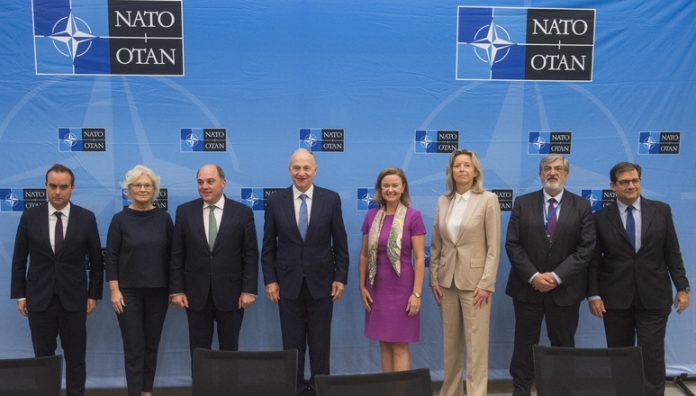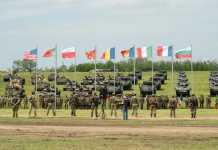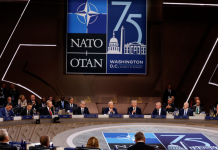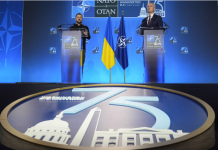“This is a clear example of NATO and Allies working together to harness fast-changing technology for the benefit of our military capabilities. By investing our resources and channelling our development through a multinational framework, we are making sure Allies will be equipped with the best available equipment”, stressed the NATO Deputy Secretary General Mircea Geoană.
Medium multi-role helicopters have a wide range of civilian and military uses, including transportation of people and equipment, medical evacuation, search and rescue. A lot of this type of rotorcraft currently operated by Allies will reach the end of their lifecycle in the years ahead. The NGRC Concept Stage will provide the foundation for Allies to develop and field the next generation of these indispensable workhorses. The NATO Support and Procurement Agency (NSPA) will execute the Concept Stage on behalf of the participants.
The NGRC constitutes one of NATO’s multinational High Visibility Projects and demonstrates NATO Allies’ commitment to maintain a technological edge and to pursue multinational cooperation.





